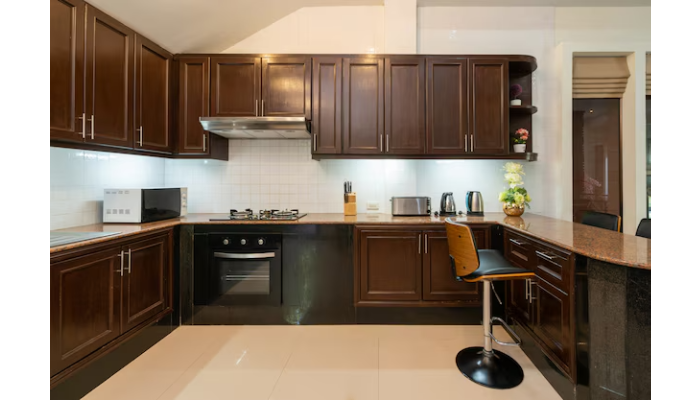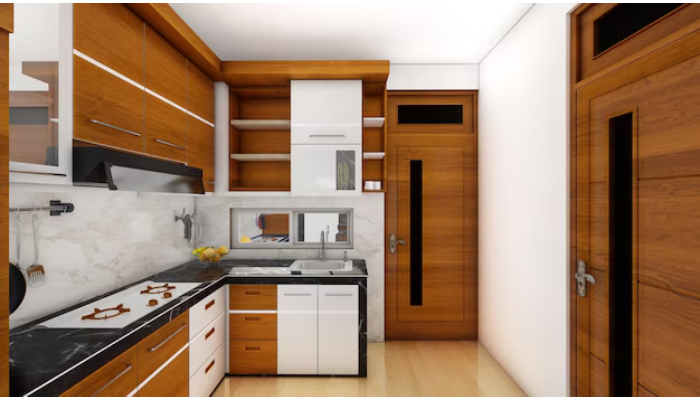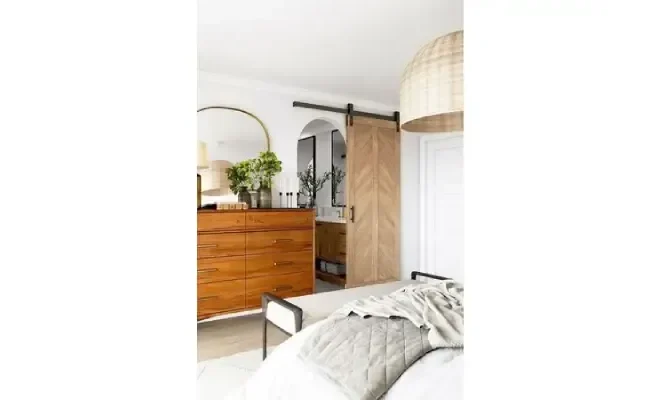
How To Choose The Right Kitchen Cabinet Hinges For Long-Lasting Durability?
Kitchen cabinet hinges play a crucial role in the functionality and longevity of your cabinets. Choosing the right hinges ensures smooth operation, enhances the aesthetic appeal of your kitchen, and prevents long-term wear and tear. With a variety of hinge types, materials, and features available, it is essential to understand what factors to consider when selecting kitchen cabinet hinges. This guide will provide an in-depth look at how to choose the best hinges for long-lasting durability.
Types Of Kitchen Cabinet Hinges
Understanding different types of kitchen cabinet hinges will help you make an informed decision. Here are the most common types:
- Concealed Hinges (Euro Hinges): These are hidden when the cabinet door is closed, offering a seamless and modern look. They are widely used in contemporary kitchens.
- Overlay Hinges: These are used when the cabinet door overlaps the cabinet frame. They come in full overlay and partial overlay styles.
- Inset Hinges: These are designed for doors that sit flush with the cabinet frame. They provide a traditional aesthetic but require precise installation.
- Surface-Mount Hinges: These are mounted directly on the surface of the cabinet door and frame, often seen in vintage or rustic-style kitchens.
- Butt Hinges: These simple, traditional hinges are visible when the door is closed and are commonly used in classic kitchen designs.
- Pivot Hinges: Used for specialty cabinets, these hinges allow the door to pivot open and close.

Material Considerations For Long-Lasting Durability
The durability of kitchen cabinet hinges largely depends on the material used. Some of the most durable options include:
- Stainless Steel: Highly resistant to rust, corrosion, and wear, stainless steel hinges are ideal for humid environments like kitchens.
- Solid Brass: Offers excellent durability and a classic appearance, though it may require occasional polishing.
- Zinc Alloy: Affordable and durable, zinc alloy hinges resist corrosion but may not be as strong as stainless steel.
- Nickel-Plated Steel: A budget-friendly option that provides decent corrosion resistance while maintaining a sleek look.
Key Features To Look For In Kitchen Cabinet Hinges
To ensure long-lasting durability and functionality, consider the following features:
- Soft-Close Mechanism: Reduces noise and prevents slamming, extending the life of both the hinges and the cabinet doors.
- Adjustability: Look for hinges with multiple adjustment points to fine-tune door alignment and prevent sagging over time.
- Load Capacity: Ensure the hinges can support the weight of your cabinet doors, especially if you have solid wood doors.
- Corrosion Resistance: Choose hinges with rust-resistant coatings, particularly if your kitchen experiences high humidity.
- Ease of Installation: Some hinges come with clip-on features or pre-drilled holes, making installation quicker and easier.
Matching Hinges To Your Cabinet Style
Different cabinet styles require different hinge types to maintain aesthetics and functionality:
- Frameless Cabinets: Typically use concealed (Euro) hinges for a sleek and modern appearance.
- Face-Frame Cabinets: Often use overlay or inset hinges to enhance the traditional look.
- Glass-Front Cabinets: Require special hinges that provide strong support while maintaining an elegant look.
- Corner Cabinets: May need special hinges like bi-fold or pie-cut hinges to allow proper door movement.
Installation Tips For Long-Lasting Performance
Even the best hinges can fail if they are not installed properly. Follow these installation tips for optimal performance:
- Use the Right Screws: Ensure that the screws provided with the hinges are of high quality and suitable for your cabinet material.
- Pre-Drill Holes: This prevents wood from splitting and ensures a secure fit.
- Check Alignment: Properly align hinges before fully tightening screws to prevent misalignment issues.
- Test Door Movement: Open and close the doors several times to check for smooth operation and make necessary adjustments.
- Lubricate Hinges Periodically: Apply a small amount of lubricant to keep hinges moving smoothly and prevent squeaking.
Maintaining Your Kitchen Cabinet Hinges For Longevity
Regular maintenance ensures that your hinges stay in top condition for years. Here are some maintenance tips:
- Clean Regularly: Wipe hinges with a damp cloth to remove dust and grease buildup.
- Tighten Screws: Check for loose screws periodically and tighten them as needed.
- Lubricate Moving Parts: Use a silicone-based lubricant to keep hinges operating smoothly.
- Check for Rust or Wear: Replace hinges that show signs of rust or excessive wear to prevent damage to cabinet doors.
Conclusion
Choosing the right kitchen cabinet hinges is essential for ensuring long-lasting durability and functionality. By understanding different hinge types, materials, key features, and maintenance tips, you can make an informed decision that enhances both the look and performance of your kitchen cabinets. Whether you prefer concealed hinges for a modern appeal or inset hinges for a classic touch, selecting high-quality hinges will contribute to a well-functioning and aesthetically pleasing kitchen space.

